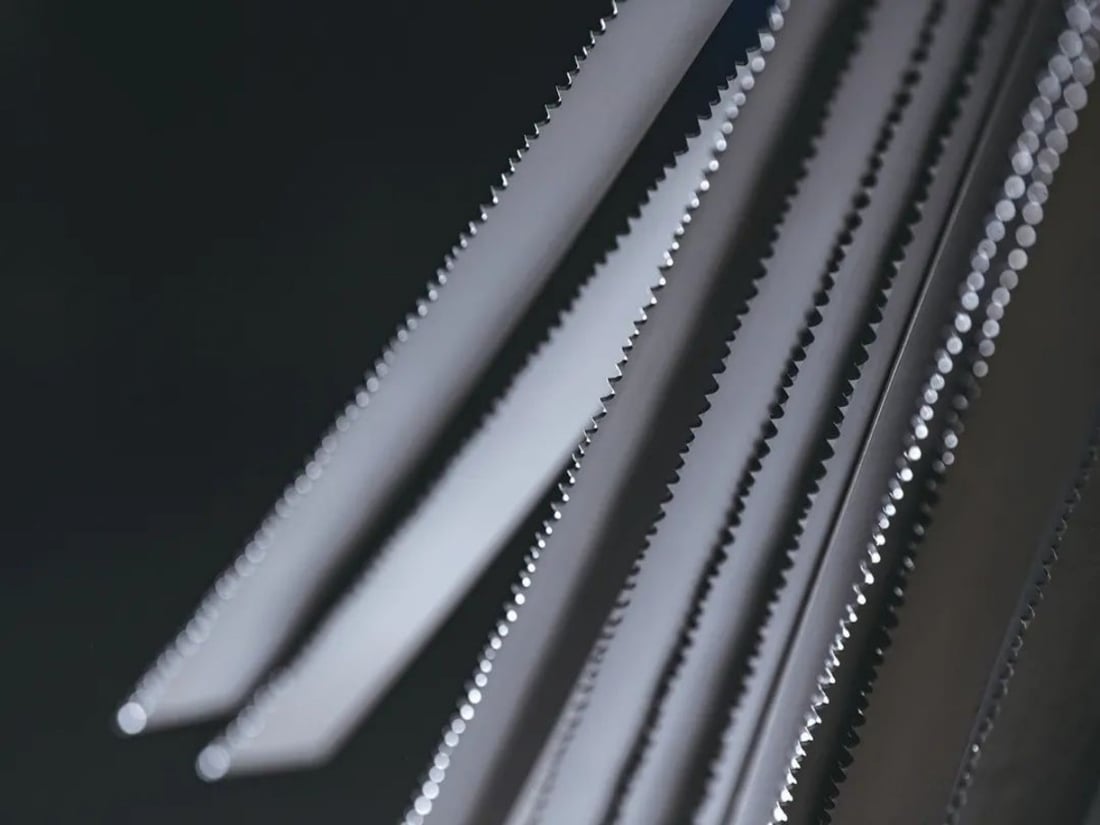Introduction
When it comes to cutting through metal with precision and efficiency, jig saw metal blades are a game-changer. This article delves into the various types, features, benefits, considerations, and maintenance guidelines for jig saw metal blades, empowering you to make informed choices for your metal cutting projects.
Types of Jig Saw Metal Blades
Jig saw metal blades come in different variations to suit various cutting needs. High-speed steel (HSS) blades offer excellent cutting performance and durability. Bi-metal blades combine the strength of HSS and flexibility of carbon steel, making them ideal for cutting through tough metals. Carbide-tipped blades provide exceptional cutting power and longevity, perfect for heavy-duty metal cutting tasks.
Features and Characteristics of Jig Saw Metal Blades
Jig saw metal blades are engineered with specific features. Tooth design and configuration optimize cutting efficiency and reduce vibrations. Material composition ensures durability and resistance to heat and wear. Blade thickness and length variations accommodate different metal types and thicknesses. The compatibility of jig saw metal blades with various metals makes them a versatile tool for different cutting applications.
Benefits of Using Jig Saw Metal Blades
Jig saw metal blades offer a range of benefits for metal cutting projects. Their efficient cutting capabilities allow for swift and precise cuts through different metals, saving time and effort. The clean and accurate cuts achieved with these blades eliminate the need for excessive finishing work. The versatility of jig saw metal blades enables a wide range of cutting applications, from straight cuts to intricate curves. Additionally, their durability ensures a longer lifespan compared to other blade types, resulting in cost savings in the long run.
Considerations when Choosing Jig Saw Metal Blades
Selecting the right jig saw metal blade requires considering specific factors. Metal compatibility and the nature of the cutting task should guide your choice. Tooth configuration should match the desired cutting performance, whether it's fast cutting or fine finishing. Blade thickness and length must be appropriate for the specific project requirements, ensuring optimal cutting results. Balancing quality and cost is crucial to ensure the right balance of performance and value.
Maintenance and Safety Guidelines
To maximize the lifespan and effectiveness of jig saw metal blades, proper maintenance is essential. Regularly cleaning and removing debris from the blade prevent clogging and maintain cutting performance. Storing the blades in a safe and dry place protects them from damage. Adhering to safe handling practices and using appropriate safety gear ensures operator well-being during metal cutting tasks.
Conclusion
Jig saw metal blades are indispensable tools for achieving efficient, precise, and versatile metal cutting. By understanding their types, features, benefits, considerations, and maintenance guidelines, you can harness the full potential of these blades for a wide range of metal cutting applications. Whether you're a professional or a DIY enthusiast, efficient and precise metal cutting is within your reach with jig saw metal blades.


